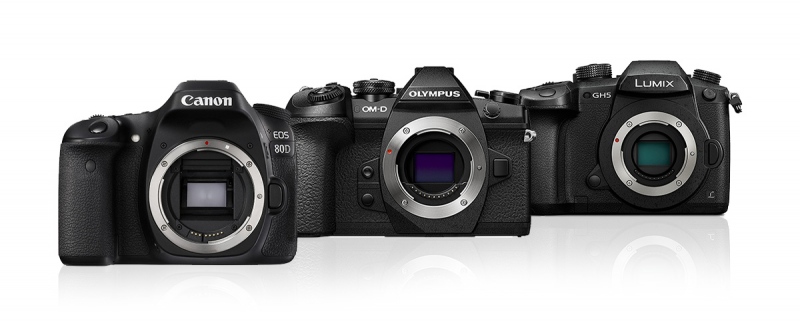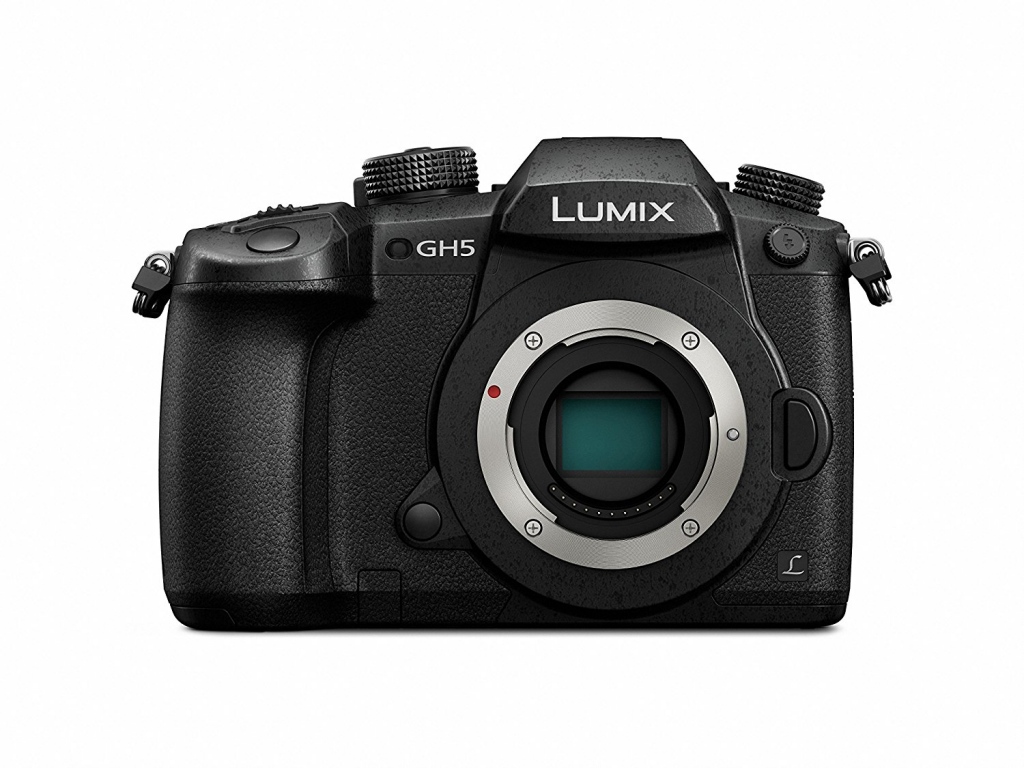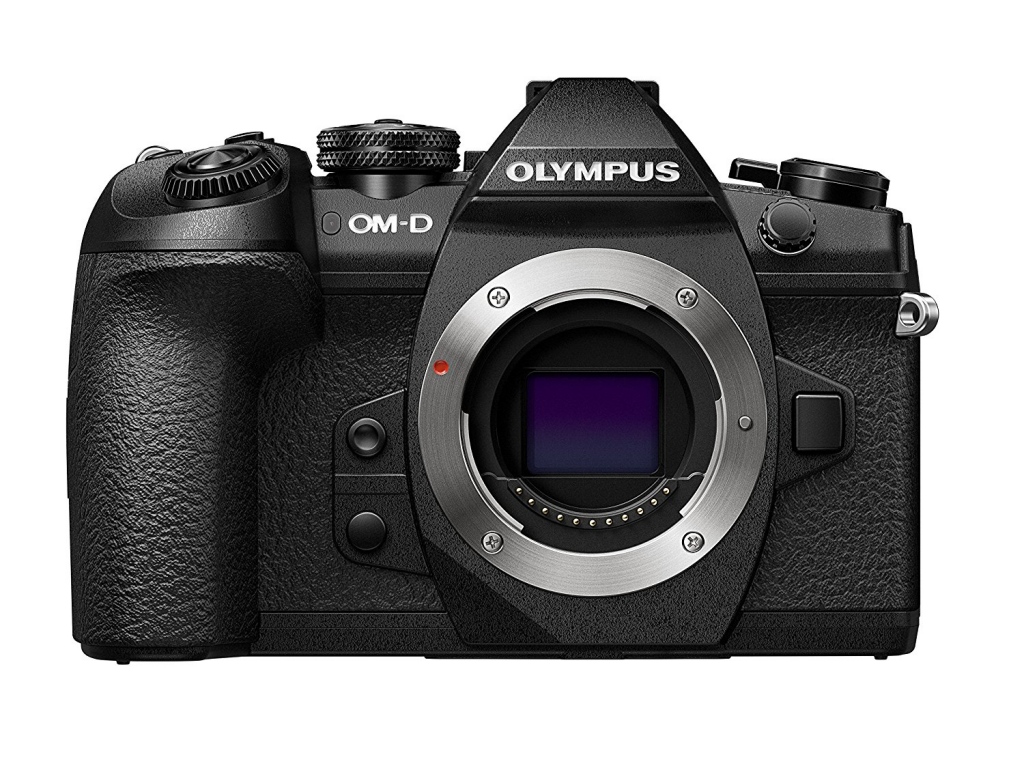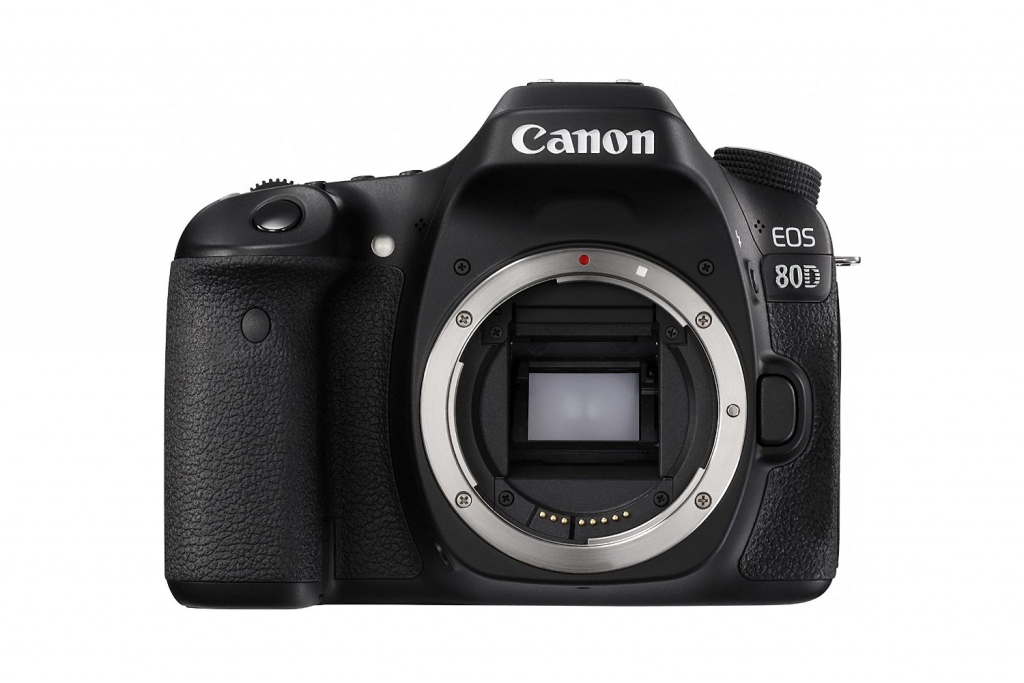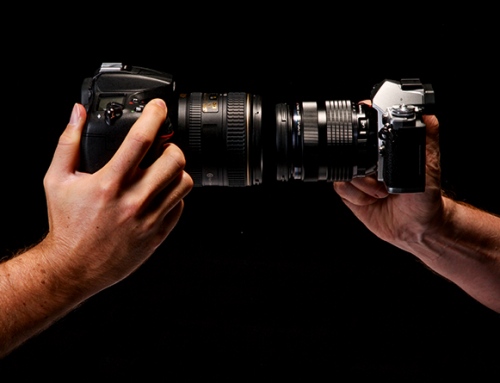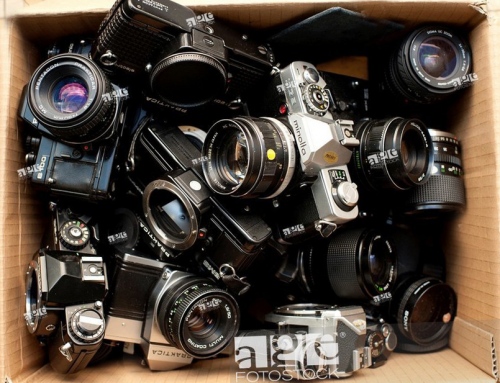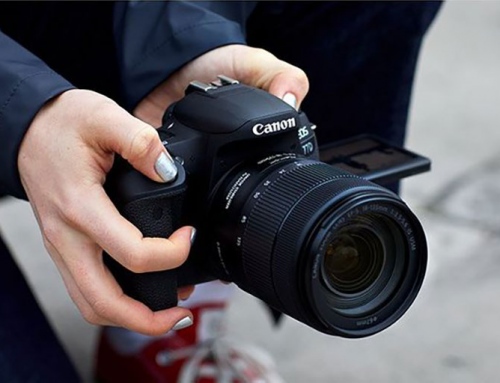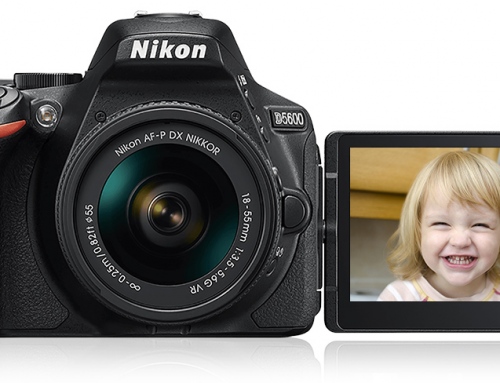The days of camcorders and film cameras are very much over, as smaller, lighter and quicker cameras start taking over the video category. With better autofocus, stabilization, touchscreen, processing power, shooting rate and 4K being added in every new model, mirrorless and DSLR cameras are giving everything you need in one body.
But with so many options, which camera to choose for your video needs ? In this article, we’ll go over the top 3 cameras in the market which give you the best possible specifications for YouTubing and vlogging and videography in general.
Panasonic Lumix GH5
The most recent mirrorless camera of this list, the GH5 from Panasonic is clearly an over-developed update of the already excellent GH4. It has updated sensor, updated autofocusing system, upated electronic viewfinder and much more, with a fully articulating touchscreen LCD for selfies and video recording yourself easily.
Inside the GH5 is a 20 MP Micro 4/3rds sensor, without an OLPF, and the latest Venus image processing engine. Focusing on video features, you get the amazing 5-axis image stabilization built in the camera itself. Video specifications have been massively upgraded so that the camera is suitable for professional use, with the camera recording internal 4K video at 60fps, 4K 4:2:2 10 bit at 30fps, and FullHD video up to 180fps.
Video recording time is unlimited, and the camera uses the full-sensor readout for the best 4K video quality. From release date, the GH5 can record 4K at 150 mbps, which Panasonic plans to increase to 400 with firmware updates.
This compact beast of a camera is the first one in the list because it is an excellent package. Specs like DFD 225 Area Multi AF, 5-axis image stabilization, articulating touchscreen, internal 4K, V-Log format bundled together in a 600 gm weather sealed magnesium alloy body are not easily found.
Get this camera if you need excellent handling, excellent build quality, excellent video capabilities in an easy to use and convenient body design. The latest Panasonic GH5 is easily one of the best video and stills camera out there.
Olympus OMD E-M1 Mark II
Another very well-packed and compact mirrorless camera is the Olympus E-M1 Mark II. The Mark I version was already off-the-charts good. But the Mark II is even better.
The E-M1 Mark II’s stand-out feature is the dual quad-core image processors. This huge processing power allows the Micro 4/3rds camera to shoot 18 fps with continuous autofocusing. Combine this with a sensor shift 5-axis image stabilization and an advanced 121 point hybrid AF module and a fully articulating touchscreen and internal 4K, and you have all you will ever need for your vlogs and Youtube tutorials, casual family vacations and even professional documentaries and short films.
Sensor-shift image stabilization in 4K is very good, resulting in almost tripod-steady footage despite some corner distortion. If you enable the industry first sensor shift with digital stabilization while shooting 4K, the footage gets even smoother, with fewer corner artifacts, but at the expense of a slight crop and slight loss of detail. For audio, you get on-screen audio level monitoring and both microphone and headphone monitoring jacks.
The Olympus E-M1 Mark II is very close to the GH5, especially in manual control in video mode. Even the E-M1 is weather sealed and very very sturdy. Where it loses out by a small bit is the overall video quality and a weird menu system, which may seem confusing. Other than that, with a compact body and a surprisingly good battery life, the E-M1 Mark II is another camera to consider if video is your main concern.
Canon EOS 80D
Mirrorless cameras are good. But they still don’t offer the same experience of both photography and videography as a good old DSLR.
As far as video goes, the Canon EOS 80D makes into this list because of its ease of use, excellent Dual Pixel AF technology, a big 24 MP APSC sensor and its overall capabilities in both stills and video category, more so because of the long battery life and the 100% coverage optical viewfinder.
The biggest letdown is the lack of 4K. If that is not a big requirement for you, and you are also looking to make your video camera your photography backup, the 80D is the perfect choice. It can shoot up to 1080/60p when using MP4 with Standard IPB compression. For higher quality video, the EOS 80D can also record MOV files at either 1080/30p or 1080/24p using All-I compression.
The Canon 80D also has an in-built stereo microphone which works okay, along with a microphone and headphone port for audio monitoring. Unlike the more pro-level 7D Mark II and 1D X Mark II, program exposure modes such as Aperture or Shutter Priority are not offered. Instead, you have either fully Auto, or fully Manual exposure modes.
The redeeming feature of the 80D is its autofocus in Live View, which you will be using for making videos of yourself while holding the camera or even when setting up the camera on a tripod and recording. The phase detect Dual Pixel AF along with the articulating touchscreen makes the camera very good for video. Focus pulls and subject tracking are as smooth as butter.
Overall, the Canon 80D may not be the advanced videographer’s choice, but it does what it does very well. If you do not need 4k, very complex adjustments and have a smaller budget, and just need a camera that focuses accurately and gives decent video, you don’t need anything else. The Canon 80D will easily do the basic vlogging tasks along with taking great stills. The video quality is good, the focusing is very good, and the skin tones rendered are fantastic. If you want a proper DSLR experience for video and a bit of stills, keep it simple with the 80D.
